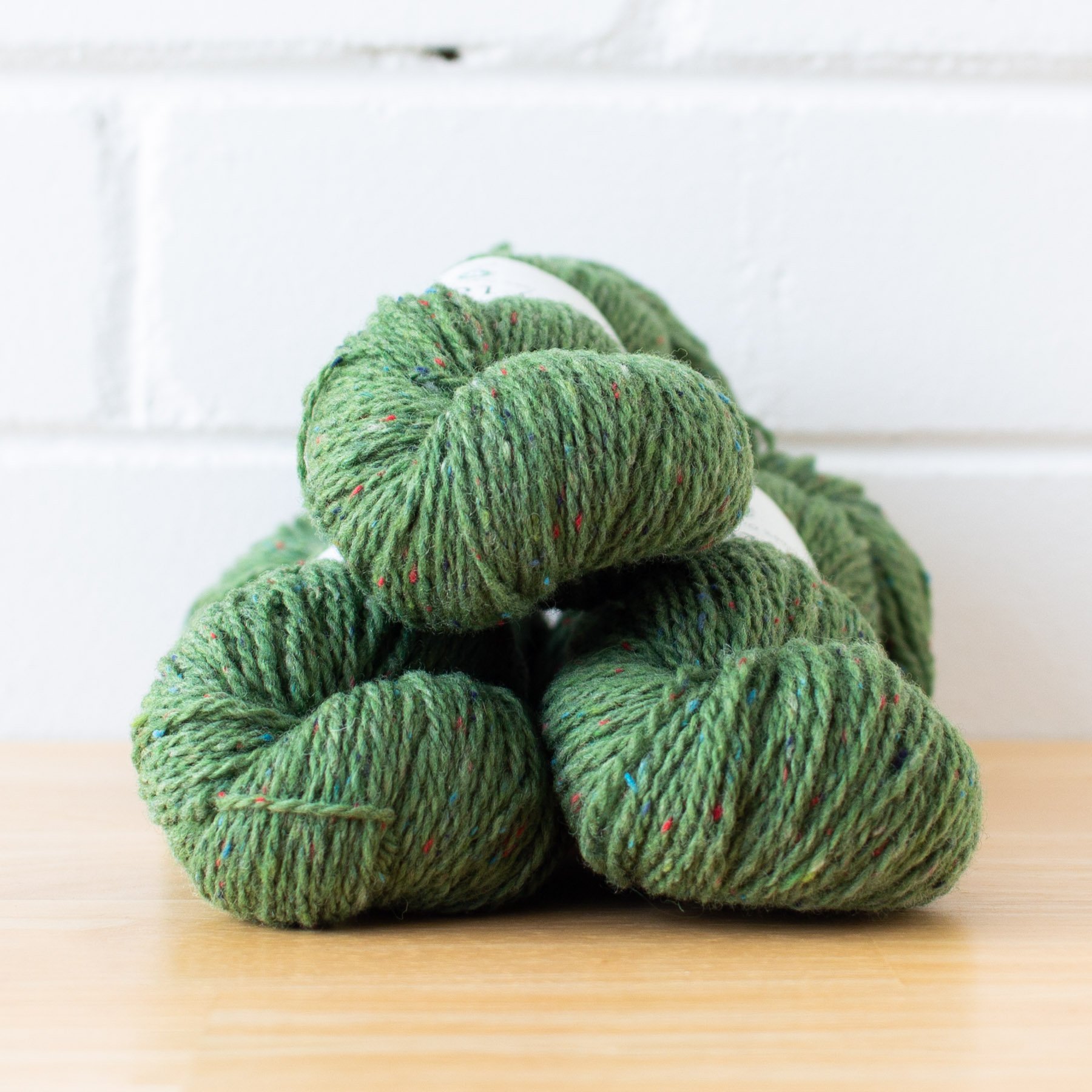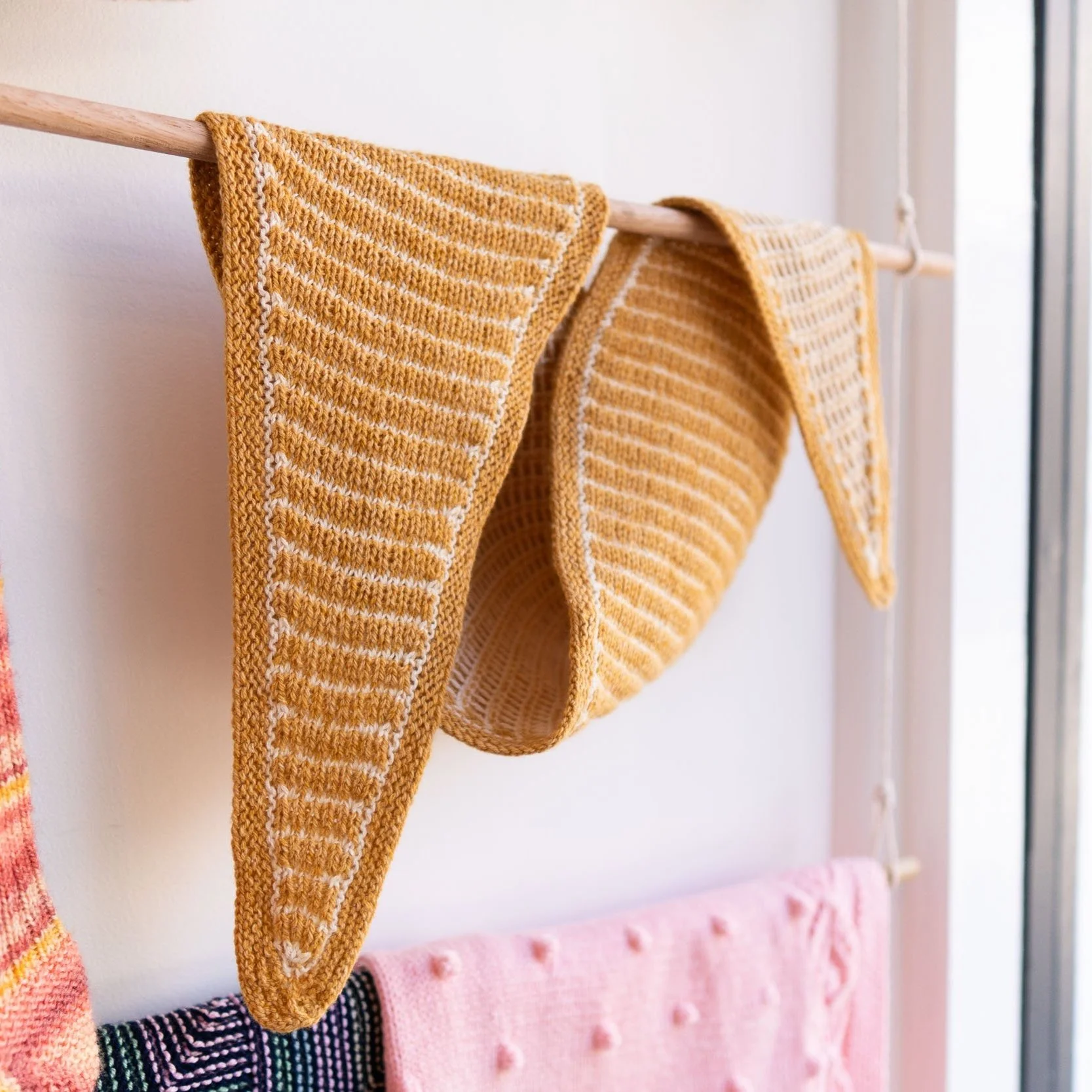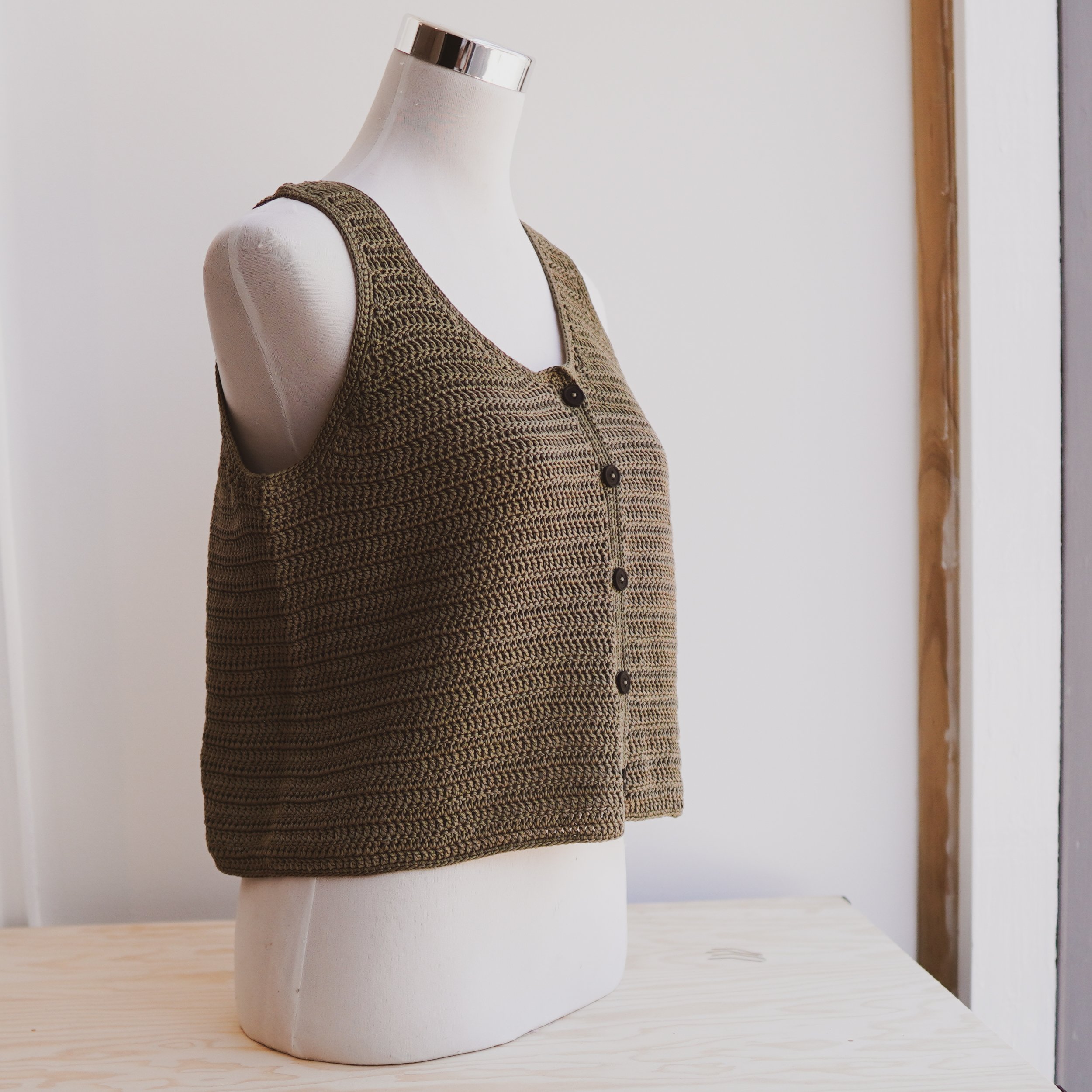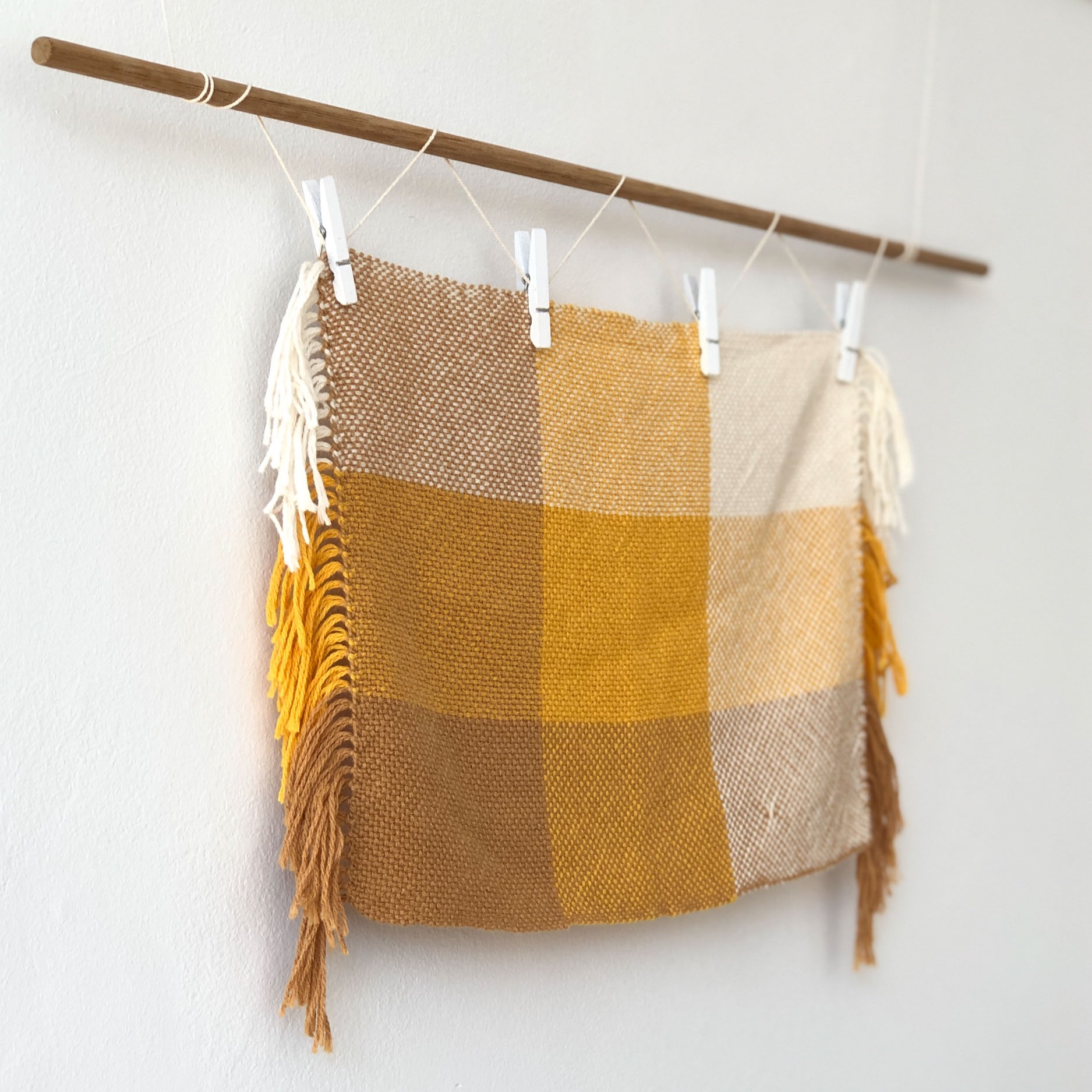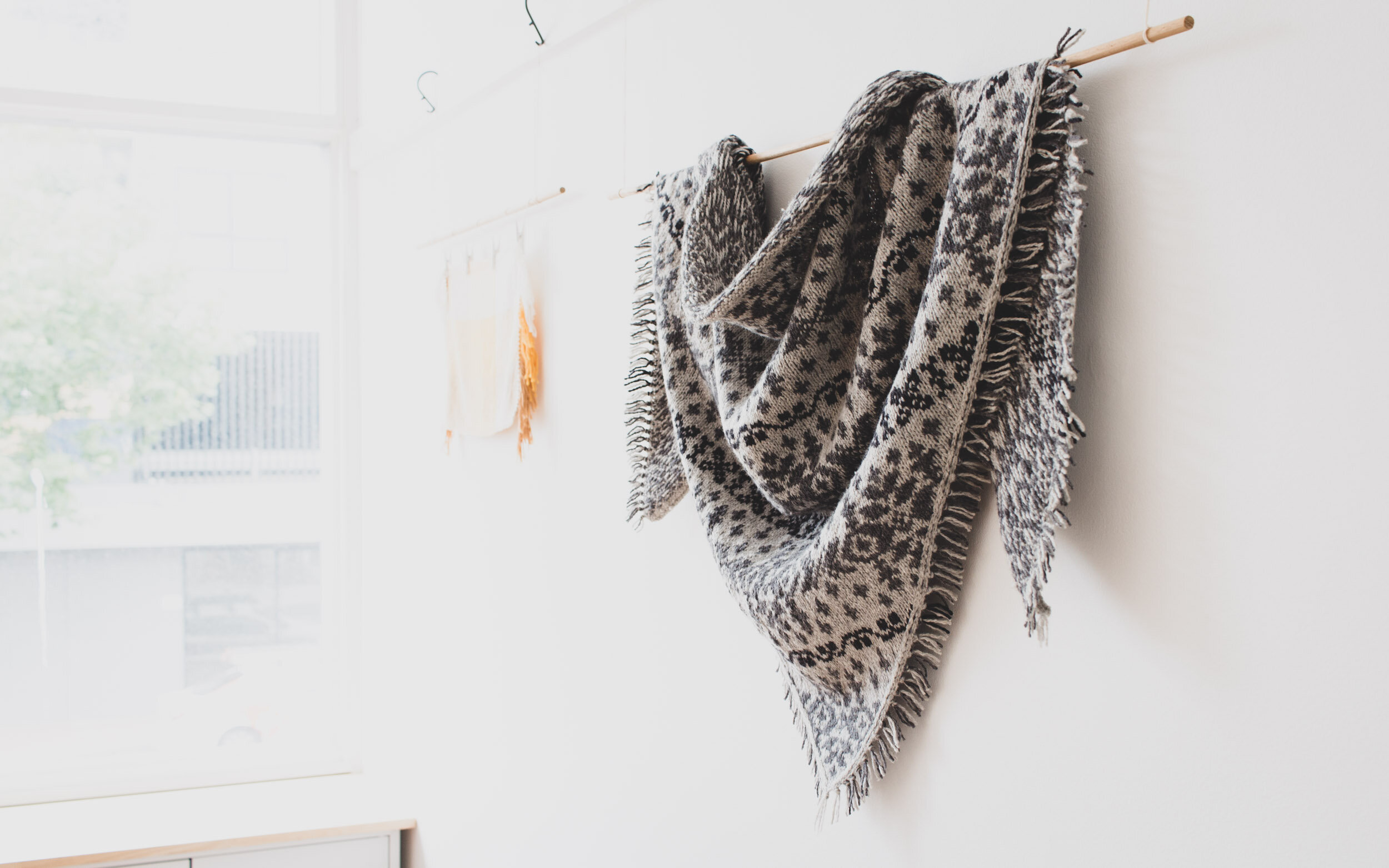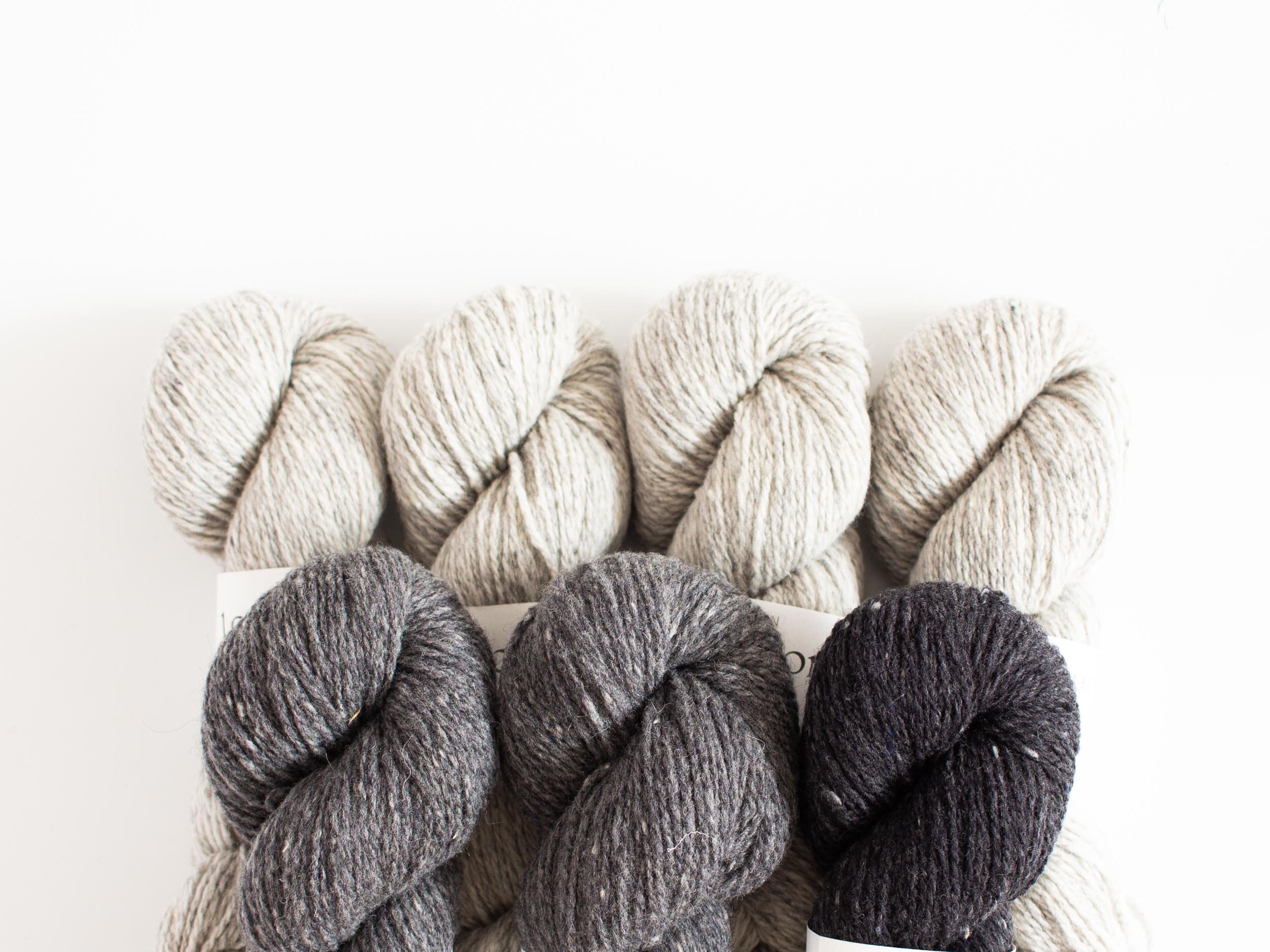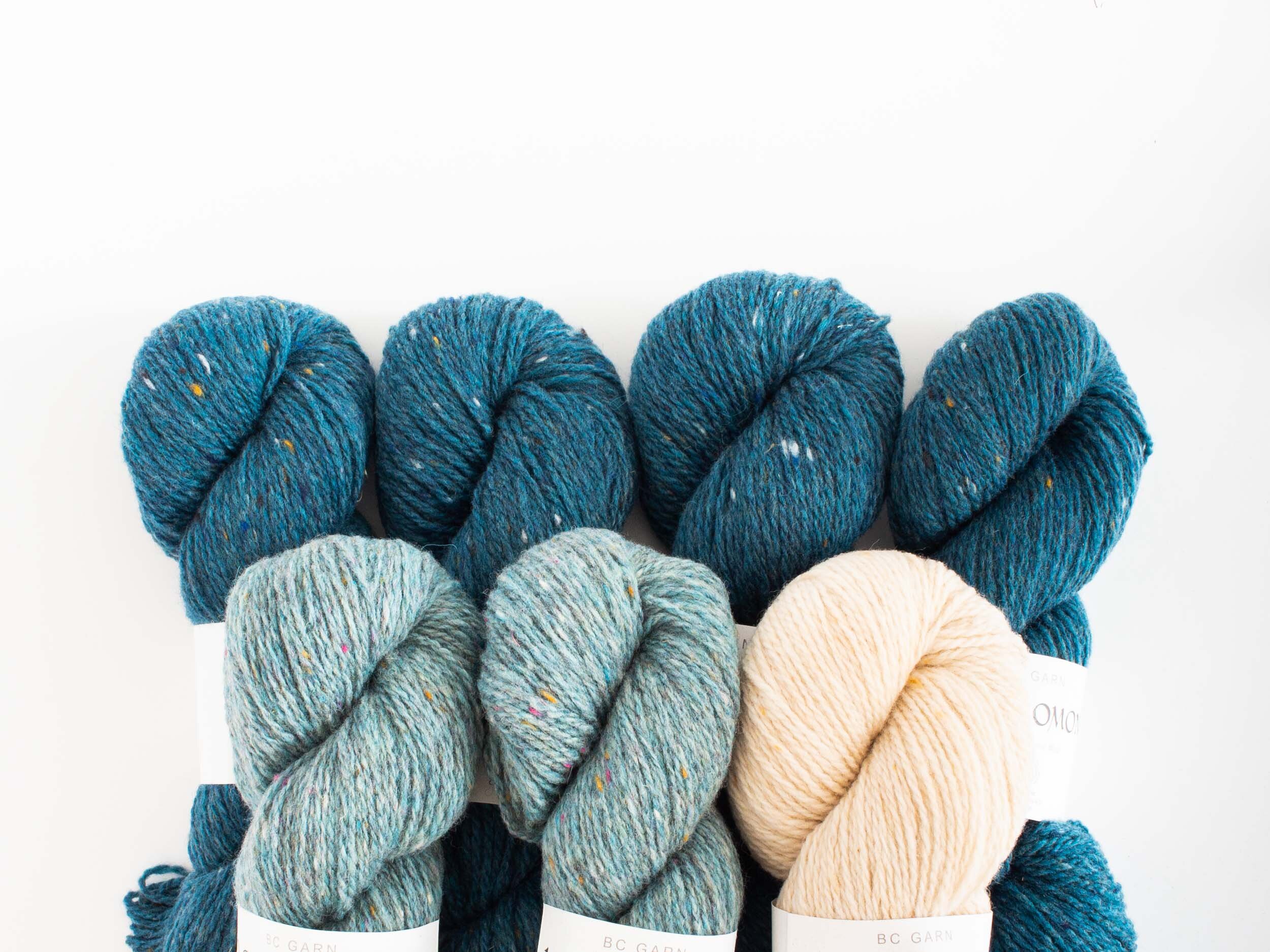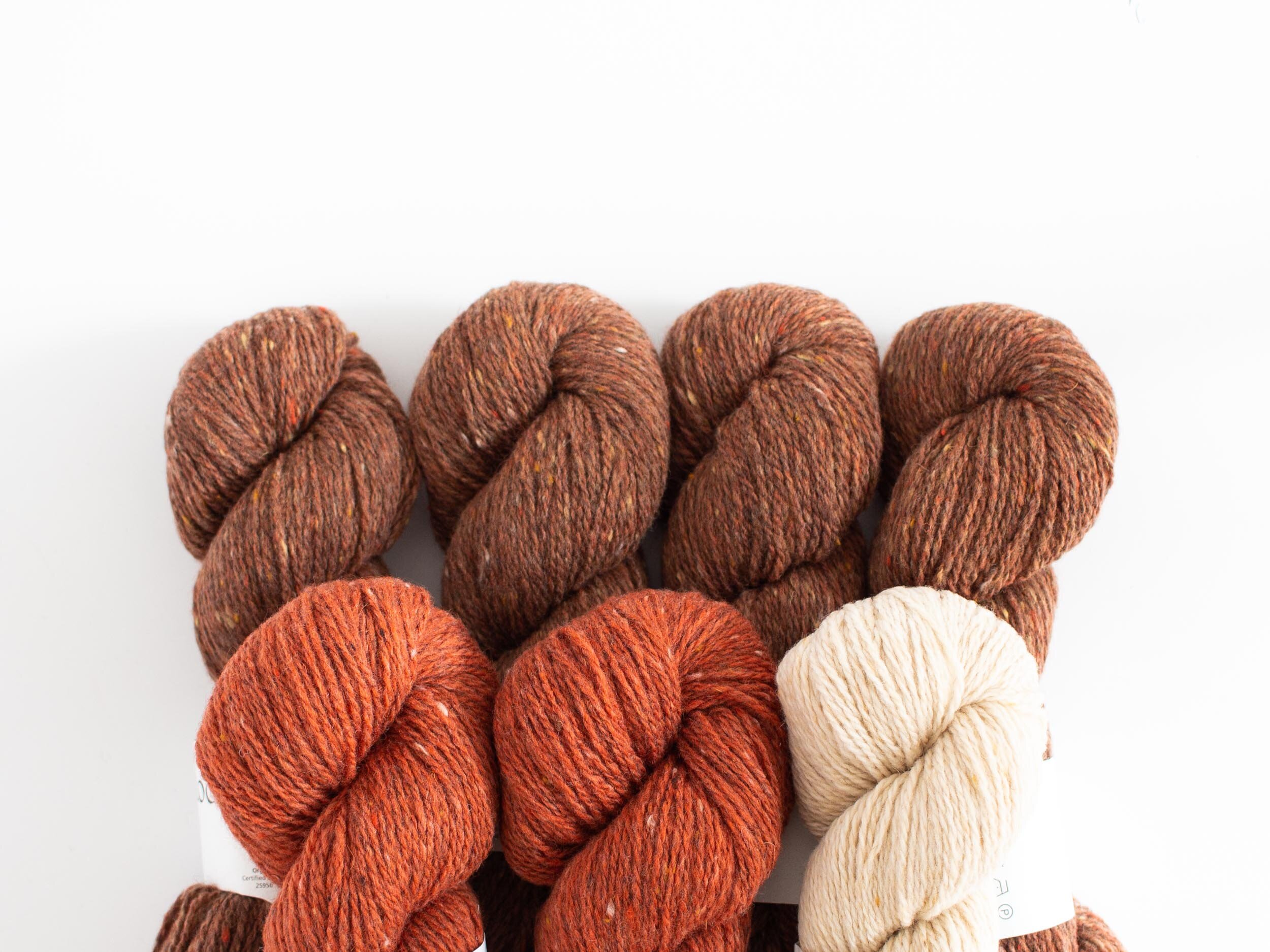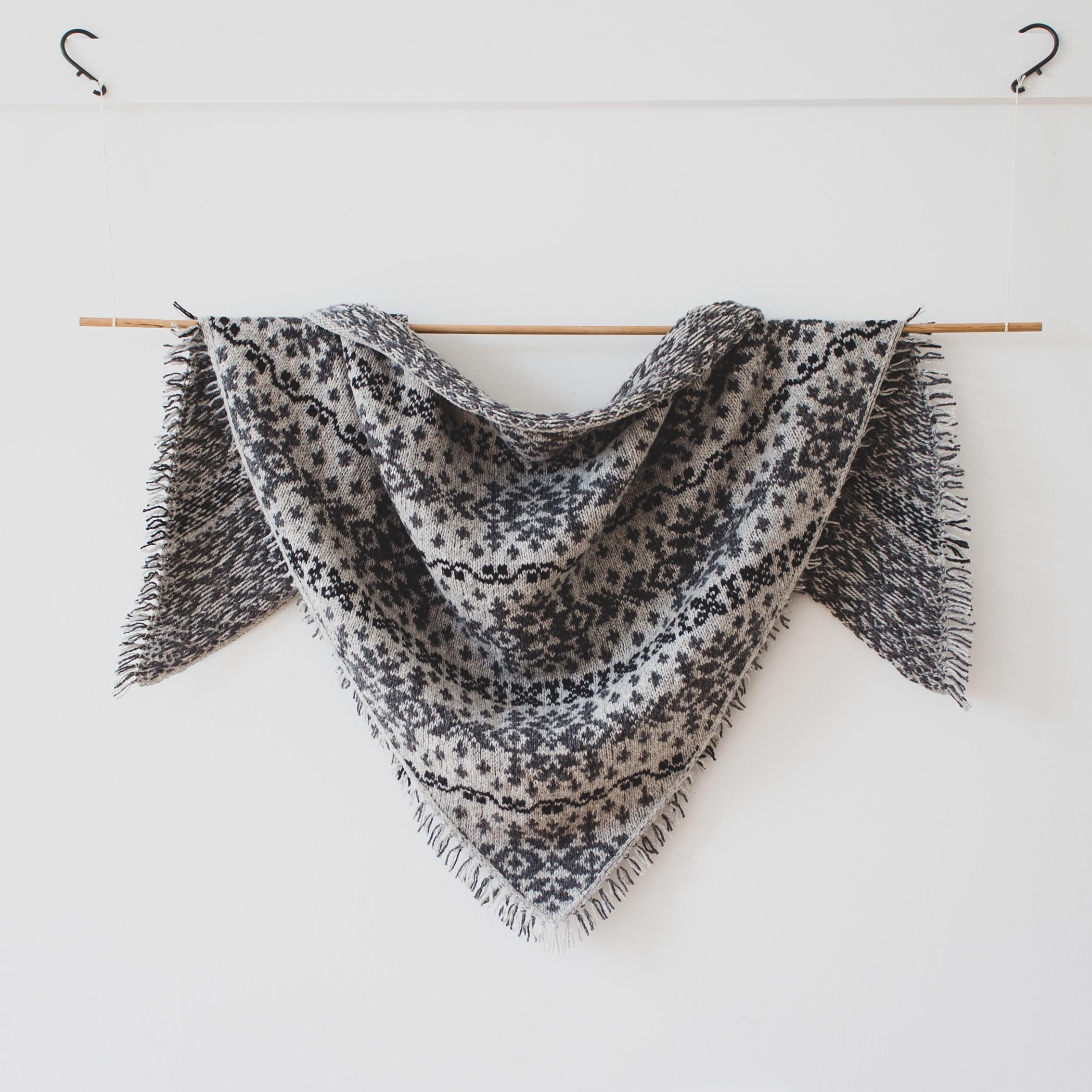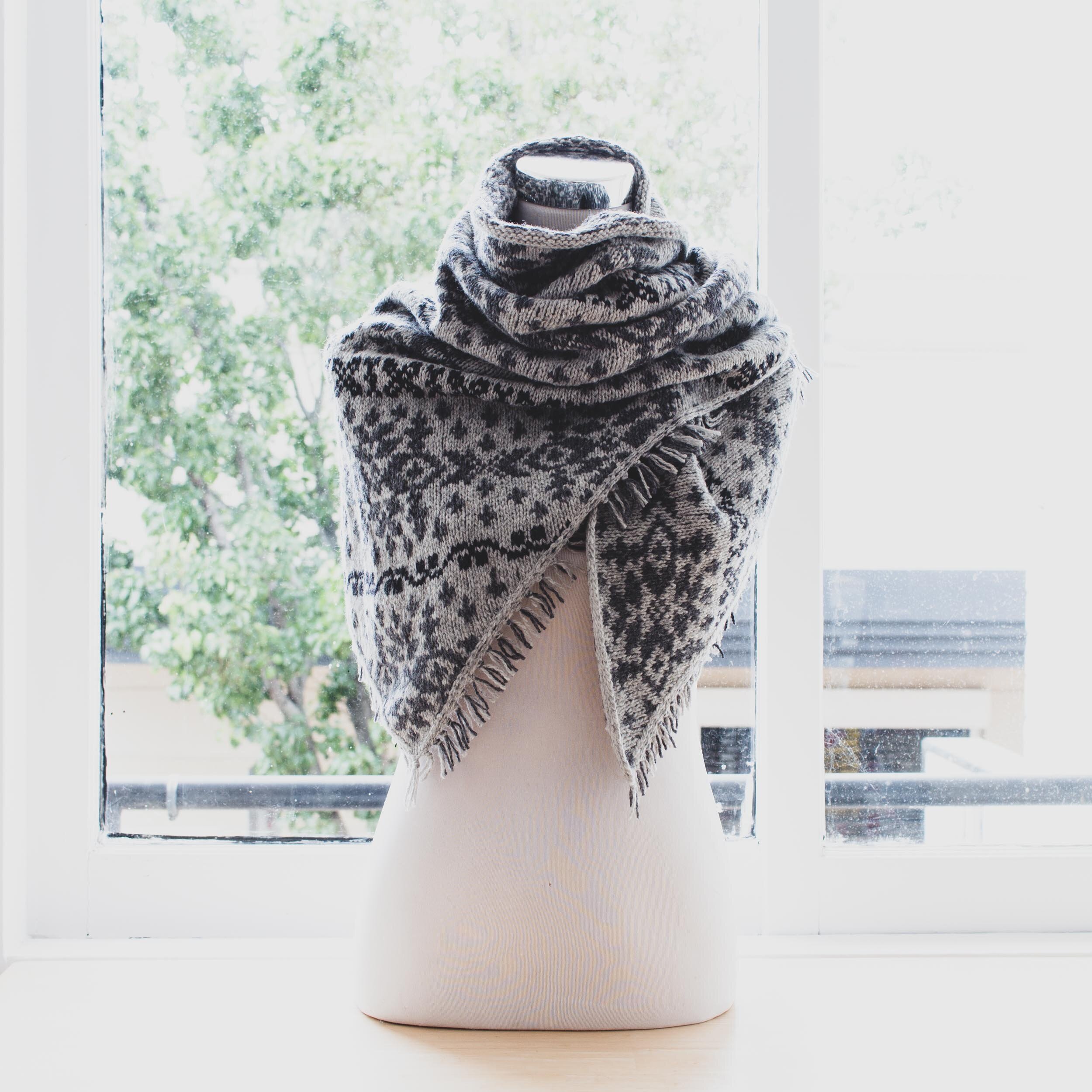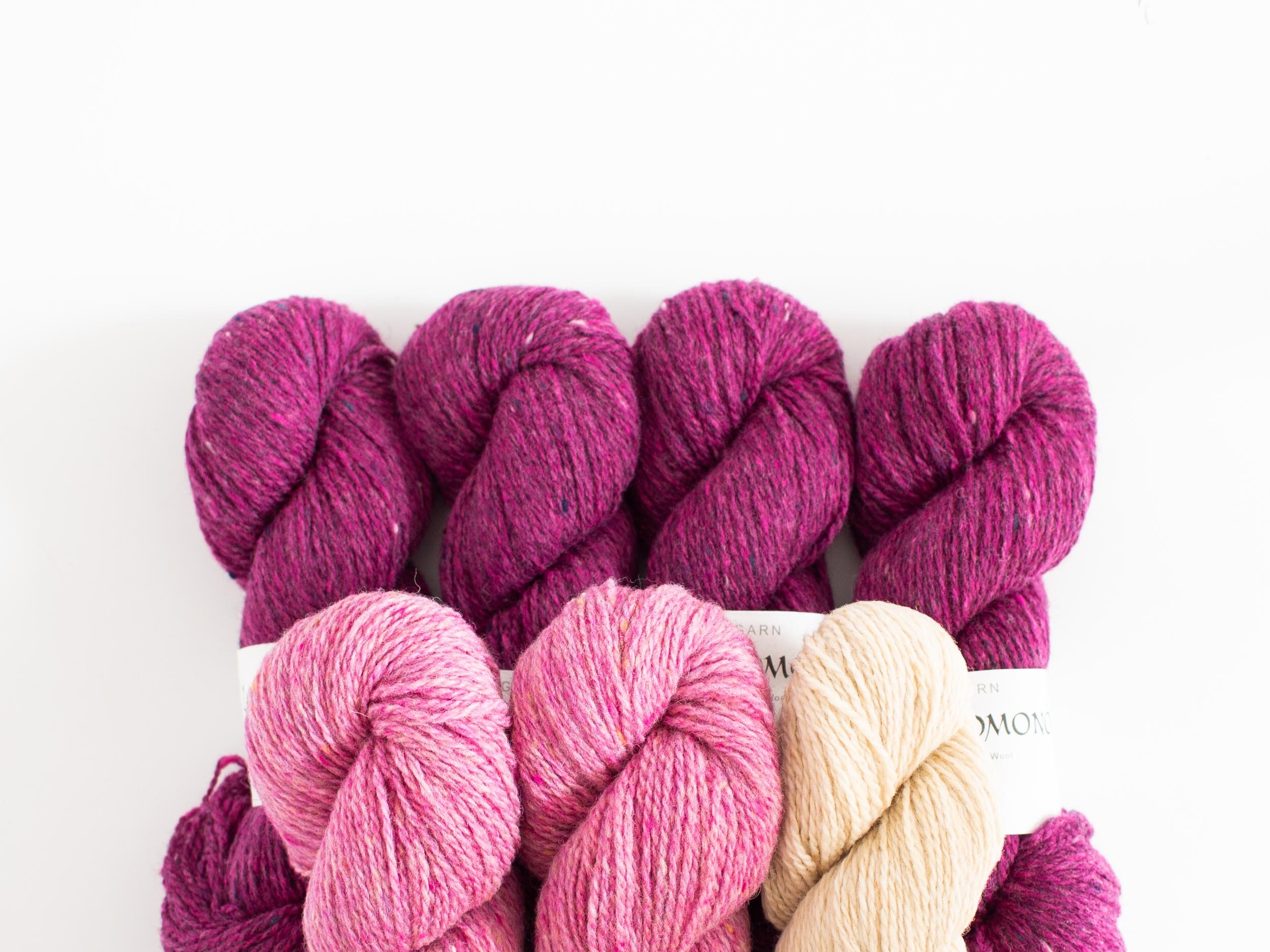
I knit this piece back in 2019 with the intention to eventually share it with you as a Studio Project.
My memory though is now a bit hazy so my project notes are a little more brief than usual.
I do remember what prompted the cast on though – I think you know the feeling - the one where you just have to have it!
The Truss cardigan is definitely a modern classic with some superb details.
Find out how it knit up in Loch Lomond GOTS below.
Enjoy!
Andrea - Loom + Spindle
STUDIO PROJECT | TRUSS

INTENTION
Knit the Truss cardigan and explore:
Working with Loch Lomond Bio
Working a garment flat and in pieces
DESIGN
The Truss cardigan pattern was designed by Melissa Wehrle and first published by Brooklyn Tweed in June 2015. It’s currently available to purchase as a digital download at Ravelry.com or BrooklynTweed.com.
The pattern is available in 8 sizes. I knit size 3 with a finished bust circumference of 113.5cm (44.75’’).

SKILLS
Tubular cast on
Knitting flat
Increasing and decreasing
Reading charts
Working buttonholes
Seaming
TOOLS
4mm (US 6) and 3.5mm (US 4) Brittany 35cm (14'') straight knitting needles
MATERIALS
PROCESS
YARN SELECTION
This one was easy; I love working with the light and lofty Loch Lomond GOTS. Gauge was a good fit too. A few projects that were already on Ravelry inspired the final ‘Curry’ colour selection.

CONSTRUCTION
The garment is knit flat in pieces.
The decreasing rib pattern was engaging, and the body of the cardigan flew off the needles.
*I know working flat is a bit old school, but I like to alternate my knitting projects between working in the round and working flat. I hold my needles and flick the yarn slightly differently between the two styles, it seems to help reduce my knitting related aches and pains – especially when I’ve been over doing it.
FINISHING
I blocked all pieces before seaming, taking care to match the seam lengths to the pattern. I did have to be a bit creative here while the pieces were wet to stretch everything out to the correct shape and size.
I used a baste stitch to hold and align the pieces for seaming. This kept everything in place while using back stitch to seam the selvages.
And I’ll fess up to one error in judgement. Rather than pick up stitches for the collar using circular needles I cast on the collar band as a separate piece. This got around the fact that I didn’t have circular needles on hand (and my dislike for picking up stitches). It did present problems when it came to buttonhole placement and sewing the band in place. But, with some careful counting and gauge measurements I think I got everything in the right place in the end.
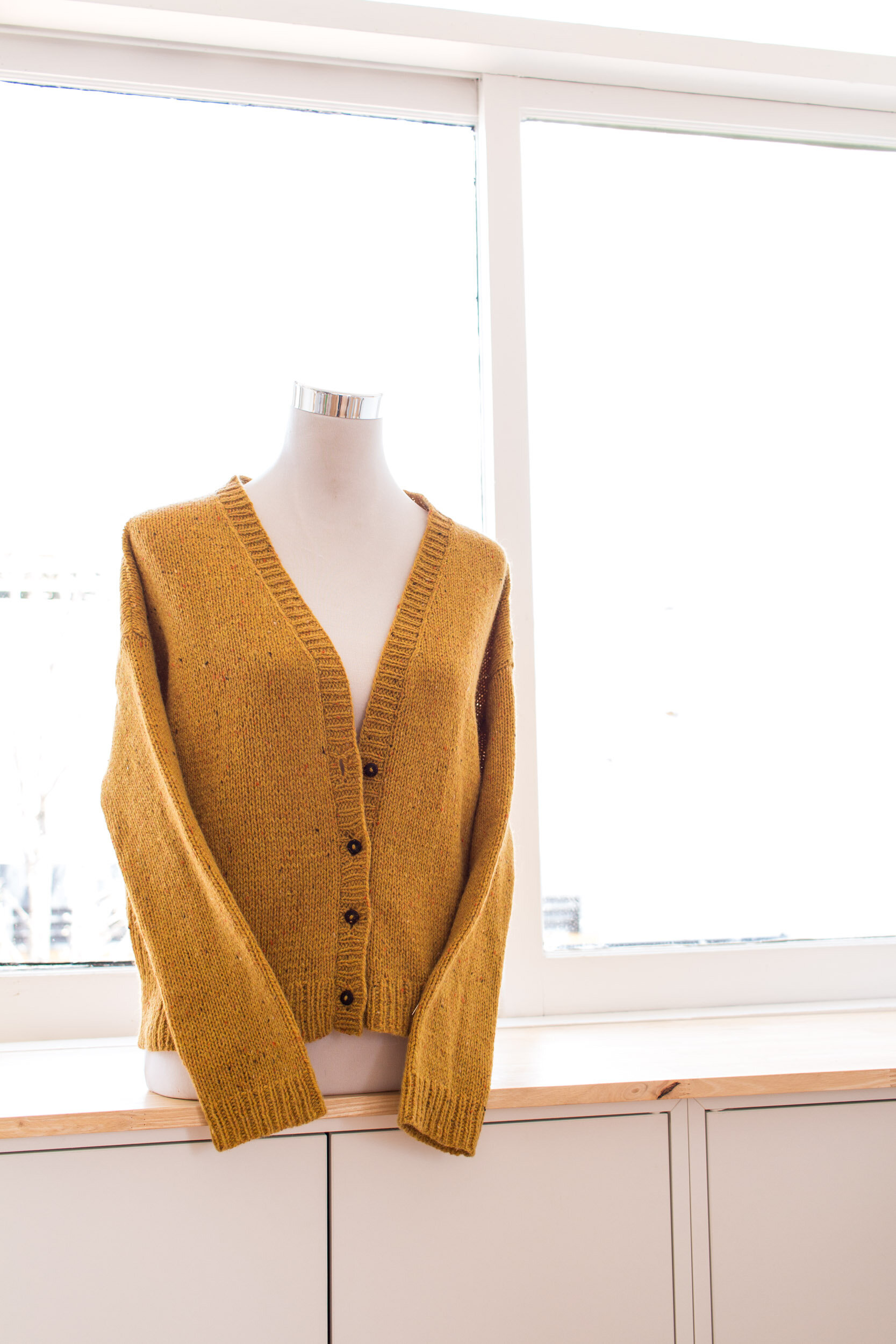






INSIGHTS AND OPPORTUNITIES
YARN
Loch Lomond GOTS creates a wonderfully light fabric for a worsted weight yarn. Perfect for our Aussie climate. I love all the extra colours you get with the little tweedy flecks.
CONSTRUCTION + FINISHING
Little elements like the tubular cast, the decreasing rib pattern and seaming really gave this piece a professional finish. I highly recommend blocking the individual pieces before attempting to seam the garment.
FINAL THOUGHTS
The Truss cardigan is such a classic piece and relatively quick to knit at this gauge. What more can I say!
If you would you like to save this project for later add it to your Ravelry favourites HERE.

Knitting Truss in Loch Lomond GOTS?
Here’s what you’ll need:
Size 1 - 6 Skeins
Size 2 - 6 Skeins
Size 3 – 7 Skeins
Size 4 – 7 Skeins
Size 5 – 8 Skeins
Size 6 - 9 Skeins
Size 7 - 10 Skeins
Size 8 – 11 Skeins
THANK YOU FOR READING!
GET 10% OFF YOUR NEXT LOCH LOMOND GOTS PURCHASE.
Simply join or confirm your subscription to the Loom & Spindle email newsletter to get your discount code.











